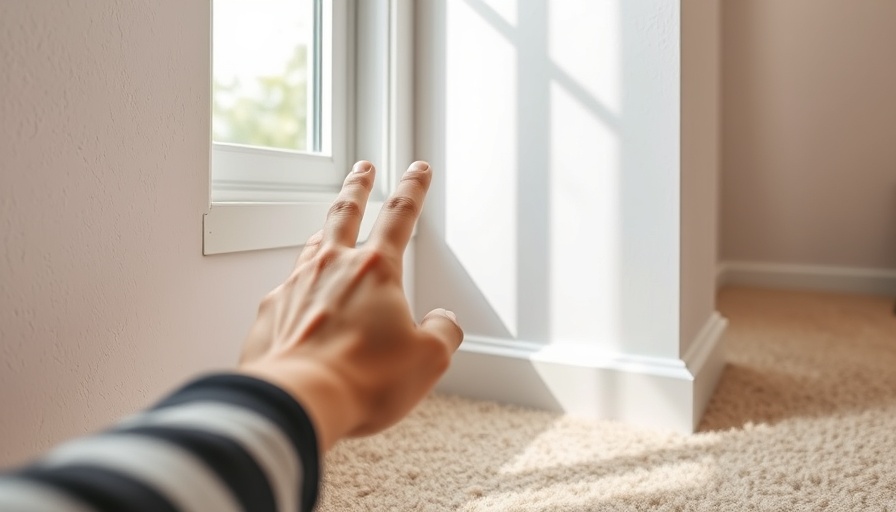
Reimagining Small Spaces: Design Choices that Make a Difference
Living in compact quarters can often feel daunting, especially for young homeowners navigating the bustling life of London. However, rather than seeing a small room as a limitation, smart design choices can transform it into an inviting and spacious haven. Understanding how color, light, furniture arrangements, and patterns influence spatial perception can significantly alter a room’s ambiance and functionality.
Why Small Rooms Can Feel Limitless
One of the primary challenges of small living spaces is balancing usability with an open feel. Large, heavy furniture, dark hues, and blocked sightlines contribute to a cramped atmosphere. To effectively counter this, a focus on reducing visual clutter is essential. For instance, opting for lighter fabrics, minimalist décor, and strategic furniture placement encourages a more fluid flow.
Moreover, flooring plays a significant role in shaping perceptions of space. Consider the herringbone design, where its angled pattern draws the eye and creates a sense of movement, making even the smallest areas feel more expansive.
Illuminating Spaces: The Role of Light and Color
Light is a powerful ally in enhancing the feel of small rooms. Maximizing natural light, where possible, creates an airy environment. Clear windows, adorned with sheer curtains, allow sunlight to flood in, brightening up your space and making it appear larger. When natural light is scarce, mirrors become a valuable tool—positioning them strategically can reflect light and create the illusion of depth.
The colors of walls can make or break the perception of space. Light, neutral shades like soft gray or pale beige have a tendency to recede visually, creating an illusion of spaciousness. Complementing these colors with similar trim and ceiling shades fosters a unified look that helps prevent the eye from catching on jarring contrasts.
Patterns that Expand Perception: Flooring Strategies
Flooring is an often-overlooked element in the quest for spaciousness. By using directional patterns, you can subtly guide the eye and enhance the perception of space. Diagonal designs, such as herringbone, are especially effective in creating an illusion of depth and movement. This trick is perfect for tiny living rooms or narrow corridors, as it encourages a sense of connection from one side of the space to another.
The scale of patterns is equally important. Oversized patterns can overwhelm, while extremely small ones can create chaos. The key is to find a harmonious balance with medium-sized herringbone patterns, suitable for compact environments.
Making Smart Decisions in Design
Effective design in small spaces goes beyond aesthetics—it directly impacts your daily living experience. By choosing the right furnishings, colors, lighting, and patterns, homeowners can cultivate an environment that feels both functional and welcoming. The smallest adjustments can lead to a greater sense of ease and comfort.
Additionally, focusing on sustainable choices—like eco-friendly paints and sustainably sourced materials—aligns with the values of many modern homeowners. A blend of mindful design and ecological considerations can create not just a stylish, but a responsible living space.
Your Turn: Transforming Small Rooms
Want to live larger in your small space? Embrace these practical tips and try out different design strategies that resonate with your style and needs. Whether your project is a complete overhaul or just a refresh, exploring these insights can help you unlock the full potential of your home.
Implement these smart design choices and share your results with your community! Photographs of your transformed spaces can inspire others to see that small rooms can certainly be inviting and spacious!
 Add Row
Add Row  Add
Add 




Write A Comment